Start With A Small Vegetable Garden
Dreaming about having your own vegetable garden is enjoyable and satisfying. An empty palette awaits your perfect design filled with all of your favorite produce. Turning this vision into a reality is possible, no matter what your experience or available space. Start a small vegetable garden.
As a new gardener, or if you have limited space, a small garden is the perfect solution. When designed with a layout that maximizes the space available and planted accordingly, a tiny backyard, a balcony, or even a sunny windowsill can offer you homegrown success.
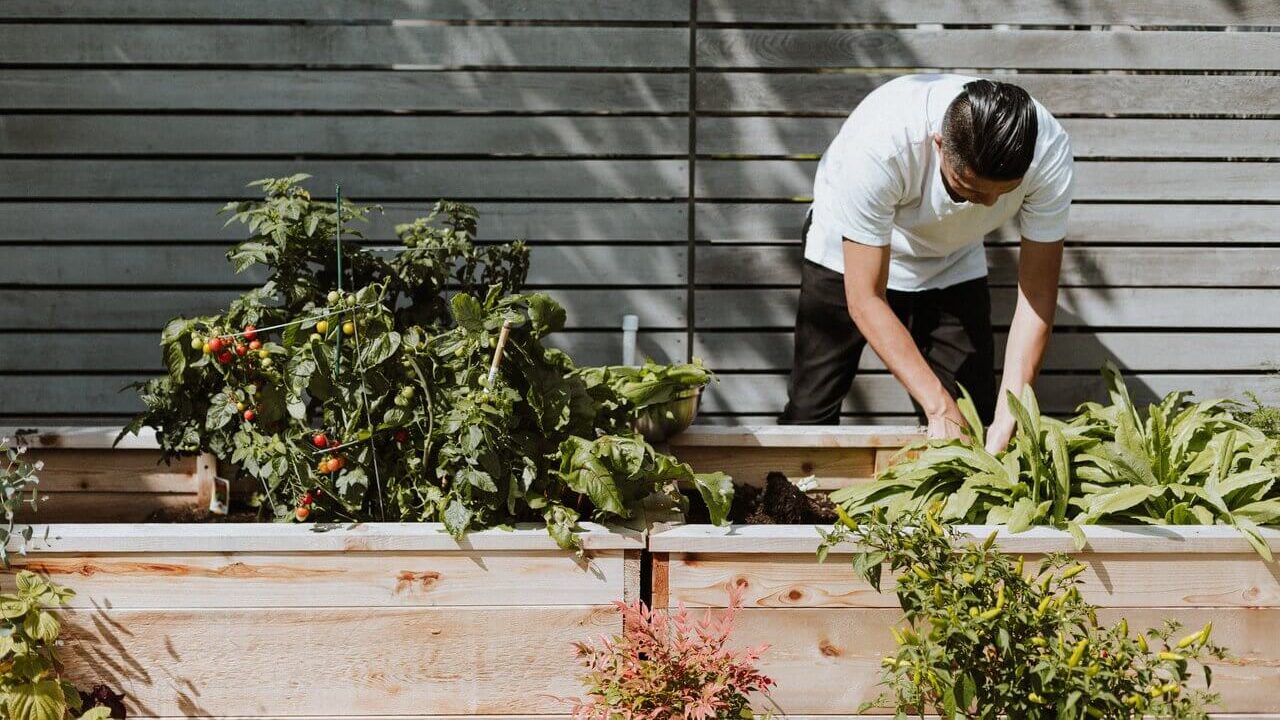
Find a Location
To begin, you need to assess your location. You’ll also need to consider the amount of sunlight, quality of soil, and accessibility of the areas under consideration. Vegetables need at least six hours of sunlight a day to grow. Many will produce more fruit if more light is available. Some require as much as eight hours a day.
Garden design should play a role in planning your garden. A common misconception is that vegetable gardens must be long skinny rows where the plants grow with wide walkways on either side. Although this is one way to garden, you should consider other shapes, such as squares, rectangles, circles, and even triangles. You can mix and match shapes with beds or add containers.
A small vegetable garden can be productive and visually pleasing at the same time. By optimizing how you plant the vegetables, you can also enjoy a beautiful garden in a small space.
Choose compact varieties of veggies so that you can make the most of your space. Consider varieties like cherry tomatoes, bush beans, and dwarf peppers. They allow a bountiful harvest and conserve space at the same time.
Garden Type
The layout of your plants is an essential step in your garden plan. Aside from the traditional row planting as mentioned above, you may want to consider raised beds. These can make gardening more accessible by requiring less bending to reach the plants, and depending on the materials used for building, and the heights and shapes, they can be aesthetically pleasing to the eye.
Using containers for a vegetable garden opens a new world of possibilities. They can always be used in conjunction with an existing outdoor ground-level bed or raised bed but can also be used solo or with other containers. Place on a balcony or rooftop within a city and use indoors in a sunny window or with added grow lights. The possibilities are limitless.
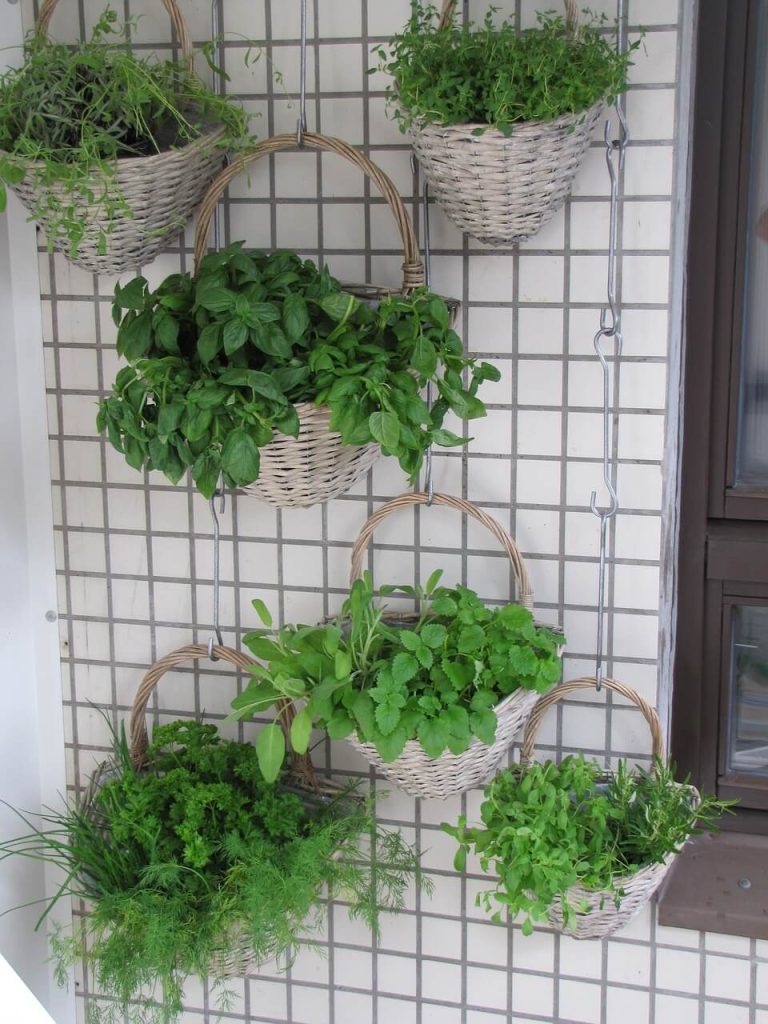
To further conserve ground space, many gardeners have discovered the power of vertical gardening. This involves the use of a trellis or arbor to support vining plants. Add in shelves or containers and you can have multiple levels of grow space. These vertical structures need to be well supported to hold the weight of multiple plants, or they can be supported by or attached to nearby walls.
Companion Planting
Since you’ll be gardening in a smaller space, you need to consider which plants grow well together and which don’t. This is known as companion planting and can make or break an otherwise well-designed layout.
Many resources exist to help plan how and which plants to grow close to one another. My personal favorite is The Postage Stamp Vegetable Garden: Grow Tons of Organic Vegetables in Tiny Spaces and Containers by Karen Newcomb. In it, she explains how it’s possible to produce a minimum of 200 pounds of vegetables from a garden as small as 5 feet by 5 feet and that after the initial soil preparation, they require very little extra work.
In addition to sunlight, quality soil is a must for a small vegetable garden. As with any garden the soil should be tested and amended with the resulting specifications of macro and micronutrients added, preferably by organic products like compost and mulch. This will ensure the soil is not only full of the vitamins and minerals the plants need but will also have the right consistency to drain well and maintain proper moisture.
Water Source
Proximity to a water source is very important. If your garden consists of a few containers on your windowsill or balcony, it would be easy to carry them to a sink or take a watering can to the plants. However, if you have raised beds, you could still use a watering can, but a hose might prove more efficient.
I added a drip system with a timer in my garden and connected it to my hose bib. It was easy to install and conserved water because it ensured my plants received only the water they needed at the right time. Drip systems can be adapted to almost any type of garden with the right combination of parts.
Take action immediately if you see signs of pests or diseases. Since you’re already utilizing companion planting to maximize your planting area, it is a bonus that utilizing this type of planting can deter these issues too. To stave off disease you will need to rotate crops annually and be sure never to grow plants from the same family in the same location for successive plantings as this can encourage pests and disease.
Harvest
Harvesting homegrown vegetables is incredibly rewarding and I expect it will be the same for you. When done right, small gardens can yield big harvests. Replace with a different plant when a plant quits producing. This requires forward thinking and a well-thought-out plan but is well worth it.
Space does not need to limit your ability to be a successful vegetable gardener. Knowing what vegetable plants need and with some planning, you can enjoy producing and eating your own homegrown vegetables.
Kim E. Nelson is a Master Gardener, aspiring writer, and entrepreneur. She gardened for more than 30 years in the mountains of Colorado and now enjoys gardening in the extended growing seasons offered in North Texas.

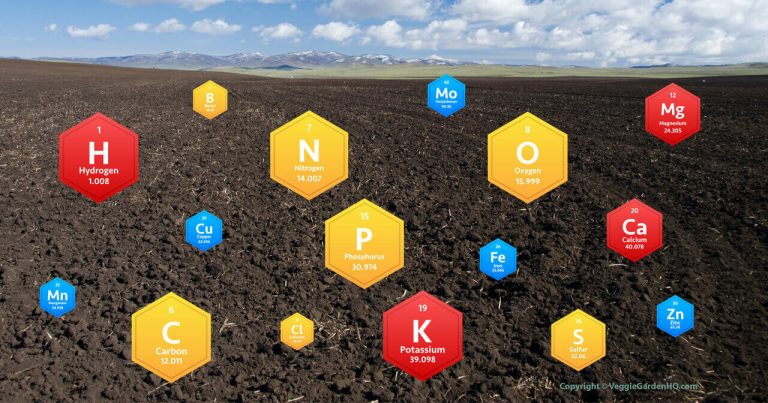
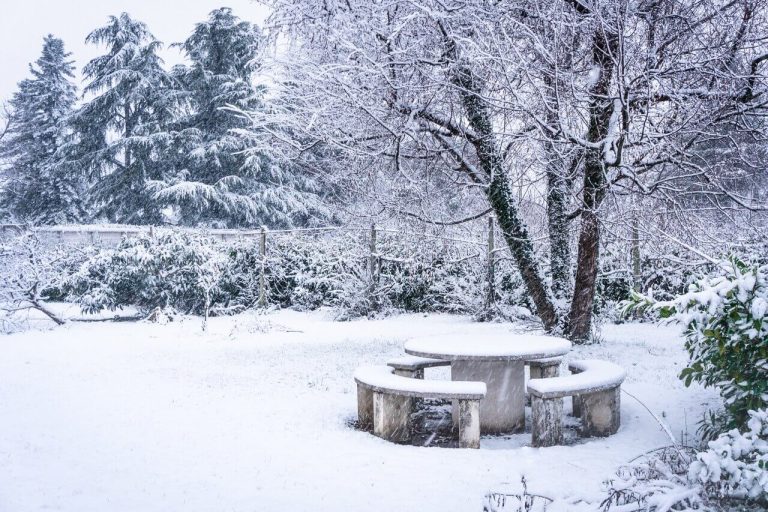
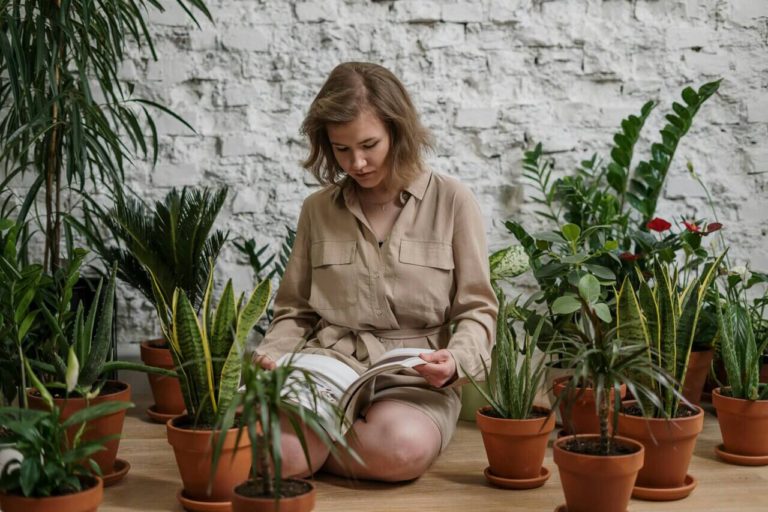

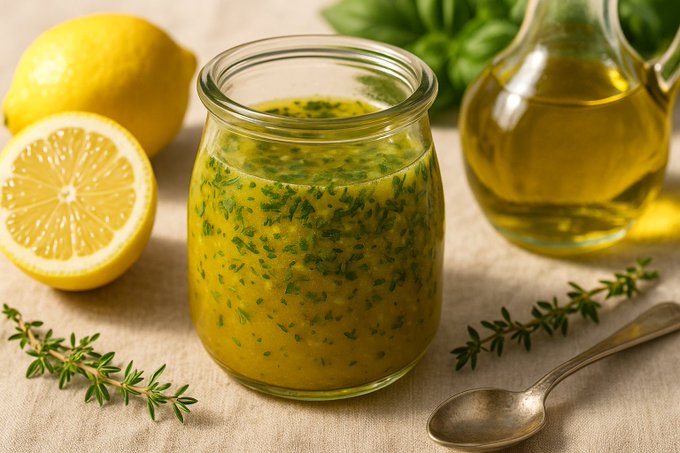

3 Comments
Comments are closed.